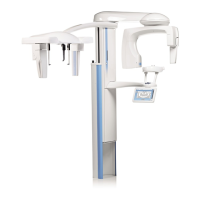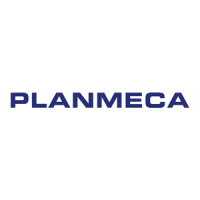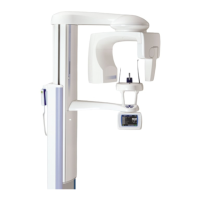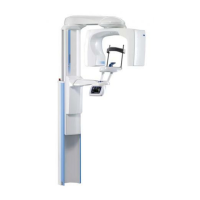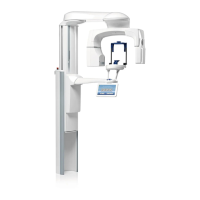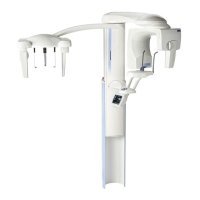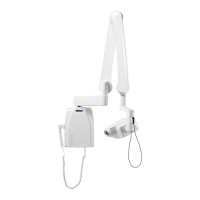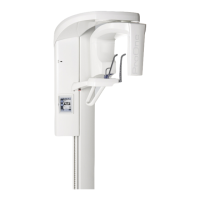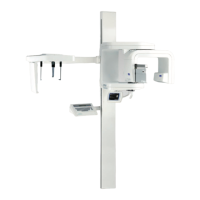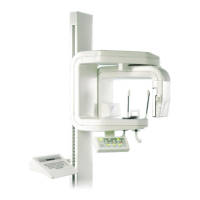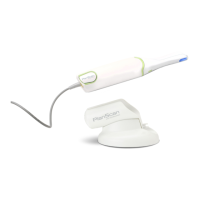Chapter A - GENERAL & TECHNICAL DATA
Planmeca ProMax A-19
HANDLING PRECAUTIONS FOR PCBs AND SOFTWARE CHIPS
Technical Manual
8 HANDLING PRECAUTIONS FOR PCBs AND
SOFTWARE CHIPS
8.1 Handling printed circuit boards
The circuit boards are well protected against static discharges when they are in the unit. How-
ever, some precautions are necessary when handling the boards since some internal nodes
on the PCBs can easily be damaged by static electricity. This is true especially during low
humidity conditions when there is a potential risk of static discharges.
WARNING
INPROPER HANDLING MIGHT CAUSE DESTRUCTIVE DAMAGE TO THE CIRCUIT
BOARDS. WARRANTY DOES NOT COVER SUCH DAMAGES.
Keep these few simple rules in mind when handling PCBs or software chips:
• Grounding wrist-straps are recommended but not necessarily required when handling the
boards as long as you first always touch a grounded exposed metal part in the unit before
touching the PCB.
• Place the removed PCB immediately in an antistatic plastic bag without landing it any-
where else in between. PCBs for warranty replacement must be returned to the factory
properly packaged in antistatic plastic bags.
• Never place a removed PCB on any surface or hand it to another person without touching
the surface or the person first.
8.2 Handling software flash memory chips
It is strongly recommended that the software is always upgraded electronically. If this is done
in the old-fashioned way (that is, by replacing the software chips), avoid static discharge prob-
lems by following the same rules that apply for PCBs, see above.
Software flash memory chips must always be stored in their specific anti-static plastic tubes
that also protect them mechanically. A mechanically damaged chip might also damage the
mating socket on the CPU board!
Since the software chips used are of the PLCC type (plastic leadless chip carrier), they must
be removed only using a proper extracting tool (see the spare part manual for details). Using
any other tool for removal can seriously damage the sockets on the CPU board.
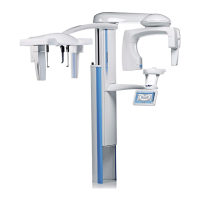
